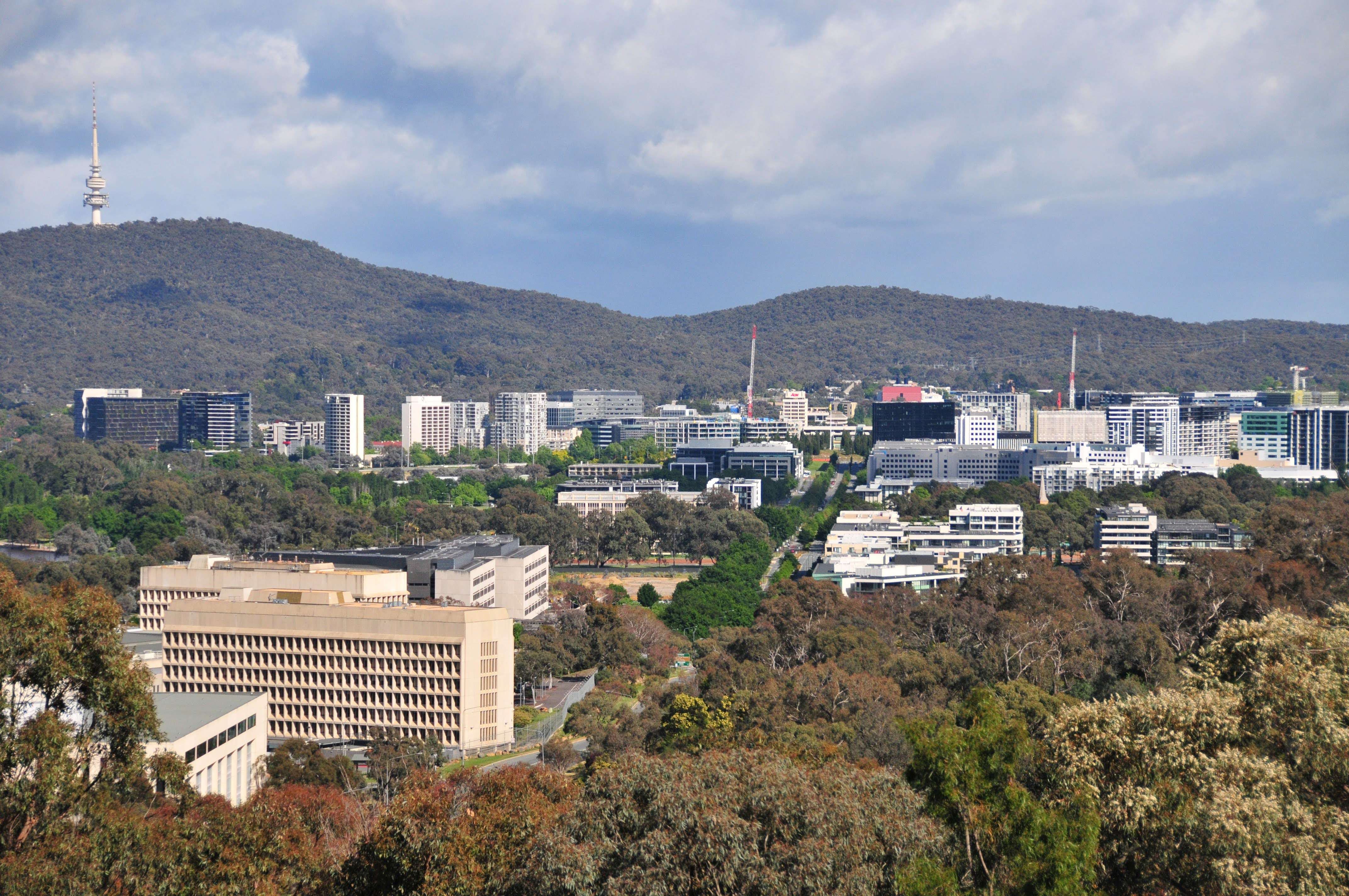The draft District Strategies are part of the Planning System Review and Reform Project. The nine District Strategies inform what changes might happen to the planning rules in that district in the short to long term future.
Greater Canberra made submissions on several of the district strategies, informed by members who live in those districts. Thank you to those members who worked on the drafts with us. The key recommendations from these submissions are summarised below, and you can download the full PDF versions if you want to read them in more detail.
Inner North and City District Strategy
-
Invest in a stronger blue-green network by greening, re-wilding, and pedestrianisation of existing waterways and nature corridors in the Inner North, especially where these are used for active transit.
-
Better integrate Braddon with the City by incorporating Braddon into the City Plan.
-
Incorporate, rather than limit, residential units alongside commercial and retail uses within the City Centre.
-
Investigate the potential of using existing EPIC land for future urban infill projects.
-
Support public and active transport by combining increased active and public transport investment with urban intensification around key transit corridors.
-
Plan for future growth in the Inner North by using the upper bound of population projections as the basis for the final District Strategy.
-
Zone for increased mixed-use development across the Inner North, especially along the light-rail corridor.
-
Rejuvenate local centres by investing in local amenities and allowing for more residential development in the vicinity.
-
Investigate innovative and space-saving new models for community and recreational facilities in the Inner North, including vertical schools.
-
Medium-density housing: Embrace the potential of widespread medium-density housing within the Inner South, as envisaged by the Missing Middle Canberra campaign.
-
Light Rail Stage 2B: Pursue an ambitious approach to the Light Rail Stage 2B corridor:
-
The Stage 2B Future Investigation Area should be expanded to encompass Yarralumla and Deakin shops and the immediate surrounding blocks.
-
Brownfield housing redevelopments along this route such as the Yarralumla Brickworks should be reprioritised, and an appropriately high level of housing delivery pursued.
-
A similar scale of density as exists along the Northbourne Avenue corridor should be pursued, with a graduated decrease of density further away from the corridor.
-
Long term planning to rehabilitate Adelaide Avenue into an urban boulevard rather than a limited access urban freeway should begin, to be facilitated as part of Stage 2B and beyond. With the maturity of Canberra’s urban orbital freeway network, Adelaide Avenue is no longer needed for high speed inter-district travel.
-
Strong investment into community facilities, parks, and local centre revitalisation should accompany housing creation along the corridor.
-
-
Fyshwick: Encourage a long-term transition towards a mixed-use Fyshwick, along the lines of the recommendations of the Eastwick Greenline proposal.
-
Invest in making Fyshwick a more walkable and accessible suburb.
-
Prepare for future Light Rail service to Fyshwick, as well as improved bus services.
-
Prepare for a long-term transition away from industrial zoning to encourage other commercial uses.
-
-
Brownfields redevelopment: Prioritise any changes required to expedite the development of Inner South brownfields precincts.
Molonglo Valley District Strategy
-
Implementing zoning reform to support housing supply in the district
-
Plan for strong population growth
-
Beginning reclassification of the Molonglo Group Centre to Town Centre now
-
Focusing development around the new Town Centre
-
Supporting stronger public transport links through future planning
Weston Creek District Strategy
-
Implementing zoning reform to support housing supply in the district
-
Better documenting and enhancing blue-green connections
-
Planning for stronger economic development
-
Enhancing public transport connections for new housing development
-
Develop more diverse housing options
-
Allow for additional housing near the Weston Creek group centre
